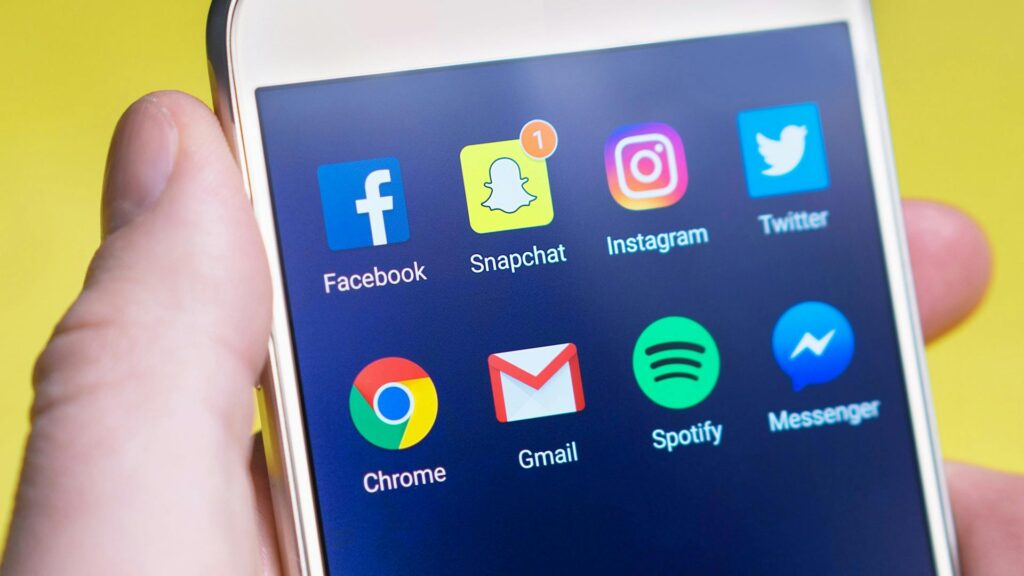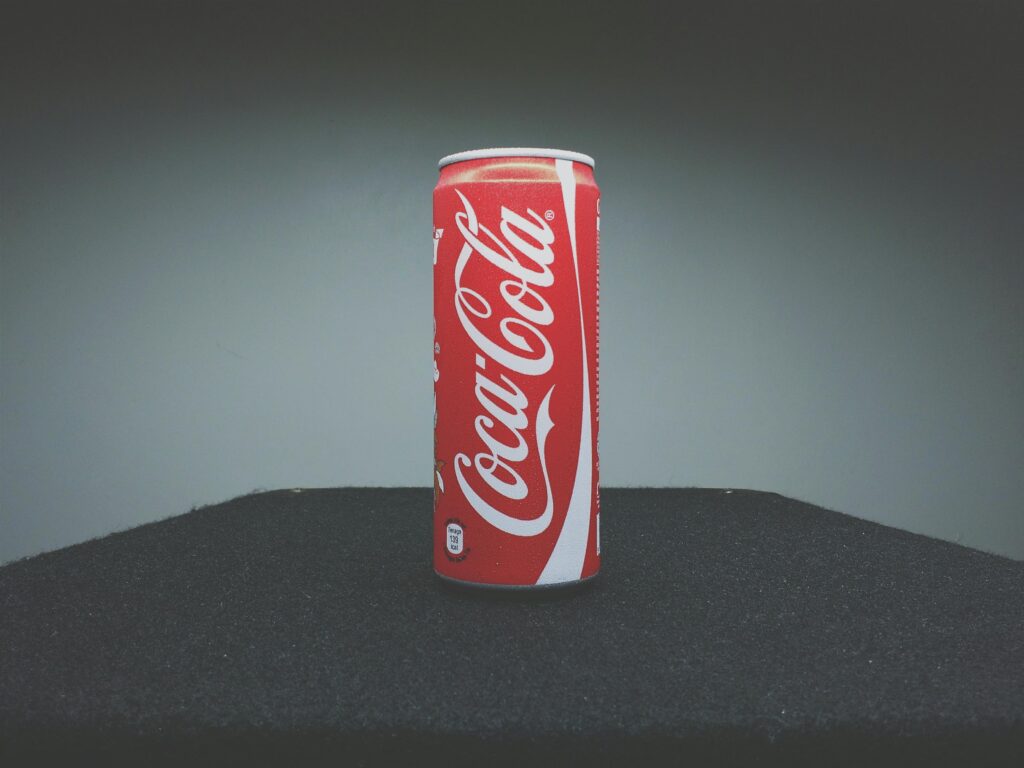Social media is a great place to build a brand—but it’s also a place where your brand identity can be misused, copied, or even hijacked by others.
From Instagram pages selling lookalike products to Twitter handles mimicking your name and logo, misuse of trademarks online is becoming a common headache for businesses, creators, and startups alike. What’s worse, the damage isn’t always visible at first—it builds slowly, affecting your brand reputation, customer trust, and sometimes even your revenue.
If someone is using your trademark—your brand name, logo, slogan, or any distinctive element that you’ve built a reputation around—without permission on platforms like Instagram, Facebook, or Twitter, you do have legal remedies. The law is clear about this, even in the fast-moving world of social media.
In India, the legal protection for trademarks comes from the Trademarks Act, 1999. A registered trademark gives its owner exclusive rights to use that mark in connection with the goods or services for which it is registered.
If someone else uses your mark—or something confusingly similar to it—without your consent, it may qualify as trademark infringement, which is covered under Section 29 of the Act.
Section 29 explains that a trademark is infringed if another person uses a mark that is identical or deceptively similar to a registered trademark in a way that causes confusion or tries to take unfair advantage of the brand’s reputation.
Just filed your trademark? Make sure you don’t make these common filing mistakes that can lead to delays or rejection.
This includes online and digital spaces as well. The law does not limit infringement to physical goods or traditional marketplaces—if someone creates a social media account that misleads people into thinking it’s related to your brand, that can be considered infringement.
Even if your trademark is not registered yet, you may still have some protection under the common law principle of passing off. This means you can take legal action if someone is trying to falsely represent their business as yours and it causes damage to your brand reputation.
However, without registration, the burden of proof is higher—you must show that you have built goodwill, that there has been misrepresentation, and that damage has occurred.
On social media, misuse can take several forms. Some accounts use your brand name as their handle. Others may use your logo in their profile pictures.
There are cases where fake pages sell products using your name or run ads that appear to be from your official business. These actions not only mislead your customers but also weaken your brand identity. The intent might be malicious—or sometimes just careless—but the impact is the same.
Here’s a quick look at how such misuse appears across platforms:
| Platform | Common Forms of Trademark Misuse |
| Fake brand pages, product ads using your logo | |
| Pages or groups impersonating your business | |
| Handles mimicking your name or posting fake brand updates | |
| YouTube | Videos with your trademark in title or visuals to mislead |
Want to know if you can trademark your tagline or campaign phrase? Here’s what Indian law says about slogans and personal names.
These situations are not just annoying—they can affect how your audience sees you. But fortunately, there are clear steps you can take to stop such misuse, both through legal channels and platform-specific complaint tools.
If you find someone using your trademark without permission on social media, the first step is to act quickly but calmly. The longer the misuse continues, the more confusion it may create among your audience.
The good news is that most platforms today have specific mechanisms to report trademark violations, and they generally respond fast—especially if you have your trademark registered and your documents in order.
Begin by collecting clear evidence. Take screenshots of the infringing profile, post, ad, or video. Save URLs and note the time and date you discovered the misuse. It helps to show side-by-side comparisons of your official brand and the infringing content. This will strengthen your complaint when you approach the platform or take legal steps.
Each platform has a reporting form dedicated to intellectual property issues. These forms usually ask for your contact details, proof of ownership (like your trademark registration certificate), and a short explanation of how your rights are being violated.
For example, Meta (which runs Facebook and Instagram) has a trademark report form where you can submit a complaint directly. Twitter has a separate form for trademark complaints, and YouTube allows trademark owners to report misuse via its legal complaint system.
Here’s a summary of the reporting tools:
| Platform | Trademark Violation Reporting Link |
| Instagram / Facebook | https://www.facebook.com/help/contact/1758255661104383 |
| Twitter (now X) | https://help.twitter.com/forms/trademark |
| YouTube | https://support.google.com/youtube/contact/trademark |
Usually, you’ll need to attach:
- Your registered trademark certificate (or application details, if pending)
- Proof that you own the brand online (like links to your official website or social handles)
- A signed declaration stating that the information provided is true and accurate
If the platform accepts your report, they may remove the infringing content, suspend the account, or restrict ads using your brand name. This often happens within a few days.
However, if the platform does not take any action—or if the violation continues in more serious forms—you can escalate the matter legally. You may send a cease and desist notice through a lawyer. If that fails, you can file a civil suit under Section 29 of the Trademarks Act, asking the court to issue an injunction and claim damages.
Being proactive also helps. Register your trademark early, secure your brand’s usernames across platforms even if unused, and regularly monitor mentions or fake profiles using simple tools like Google Alerts.
Your brand isn’t just your name—it’s your identity. Protecting it on social media is no longer optional. It’s part of running a business in the digital age.
FAQs
1. What should I do if someone is using my brand name on Instagram?
You can report the account using Meta’s official trademark violation form and submit proof of your trademark ownership.
2. Do I need a registered trademark to take action?
Having a registered trademark makes the process easier and stronger legally, but even without it, you can take action under common law through passing off.
3. Can I file a complaint if someone is using a similar handle but not my exact name?
Yes, if the similarity is likely to confuse the public or dilute your brand, you can raise a complaint.
4. How long does it take for social media platforms to respond to a trademark complaint?
Most platforms respond within 24–72 hours after reviewing your submission and documents.
5. What if social media platforms don’t take action?
You can escalate the matter legally by sending a cease and desist notice or filing a trademark infringement suit in civil court.
If someone is copying your brand name or logo, don’t panic. This blog walks you through what to do when someone infringes your trademark.



